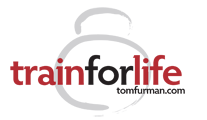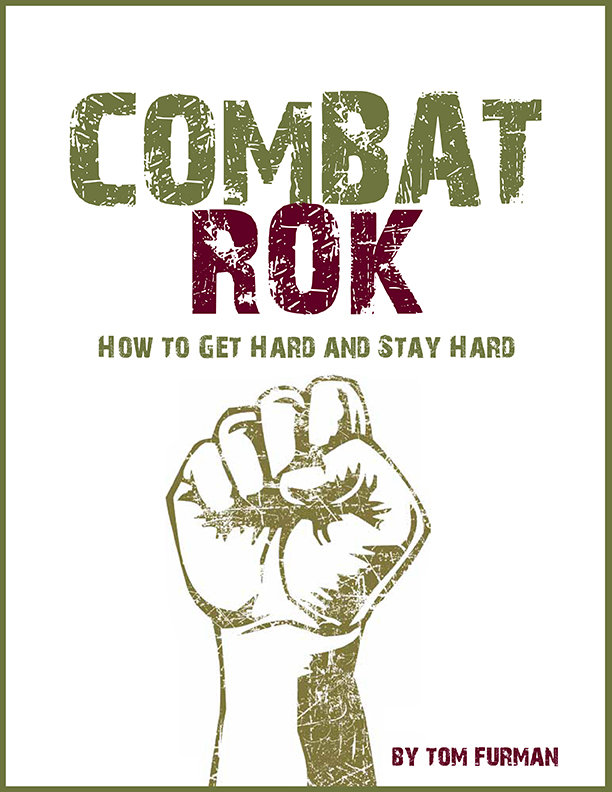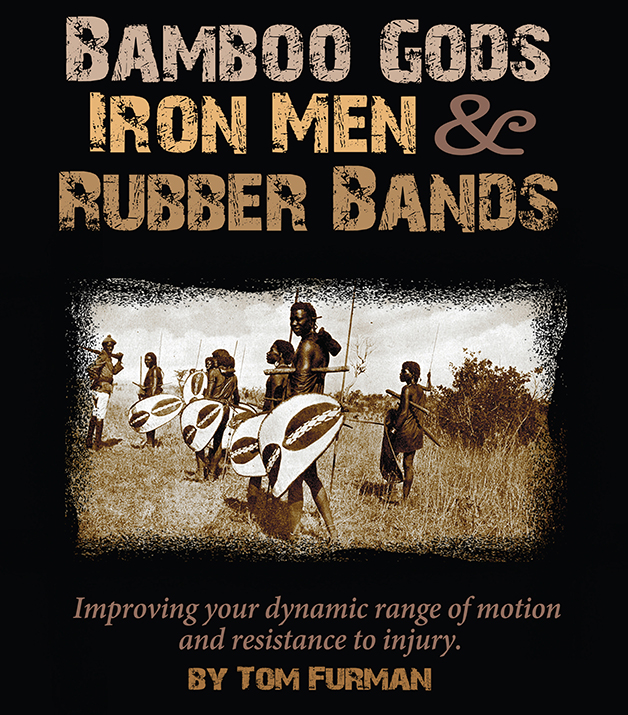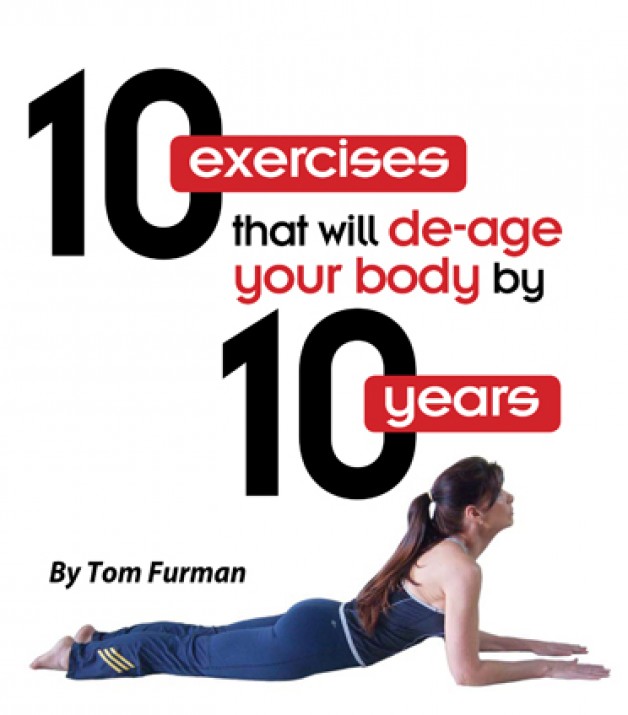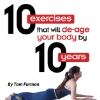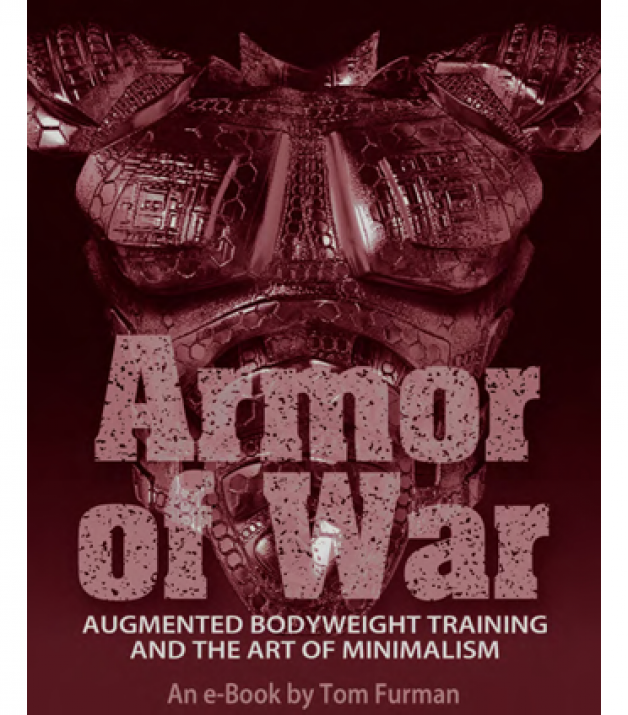
Anyone who exercises knows that they have weak areas. They can be strong with their pressing and simply focus on that one aspect and neglect others. They may be flexible and constantly do exercises that draw attention to that component of exercise. They may have great squat or bench pressing ability but have trouble with chinning. There is nothing really wrong with this. All around fitness means a lack of focus. A lack of focus mean that you are OK with alot of things but not really good at any one thing.
Modern training gets around this by generalizing fitness practices in the off season to build a base from which higher performance levels can spring during the competitive season. There are many fitness and performance based tests that include sprinting, jumping, stretching, agility drills, and bench pressing for reps. These tests are intended to tell coaches and trainers the information needed to adjust training or to determine weak abilities and genetic gifts. These tests provide measurements for someone else and not the athlete themselves. They can certainly use them for a gauge, or training goal, but they are really meaningless if they don’t tell the athlete the internal information needed. The inward trip is the one that separates the great athlete from the average one. The ability to avoid or deal with injury, improve year to year, and practice the mystical “instinctive training” is the product of an inward path not an externally motivated cheerleading session.
So we have the idea, now we need the tools. Following will be a series of exercises that you will do every so often. You will not count reps, but examine your bodies reactions and form. You will write NOTES in your journal and not NUMBERS. Some of the exercises are common, and some are not so common. Let’s begin.
The first two exercises are linked in style. That style is one of ultra slow movement.
This type of movement gives you a mental graph of multiple joint movement. It allows you to understand where you are weak, where you are strong, and if you have the ability to maintain tension and practice breath control. It may also tell you if you are too fat and need to get lean.
Exercise One is the 90 Second Chin. You heard me right. Ninety seconds. This exercise will start at the top with the hands supinated in their strongest position. You will need a large clock or a training partner to assist you. You will also need a sturdy chinning bar. Have your partner cue you to start the eccentric or lowering phase. This will take 30 seconds. He needs to call out the time so you can target your negative repetition to be even and not have to slow down or speed up. Once you have descended into the lowest position, you need to reverse the motion and lift yourself to a chin over the bar placement. It must take you 30 seconds to do so, and it won’t be easy. Having a partner who quietly coaches you and records the time is probably a better option that the clock on the wall, but make whatever adjustments necessary to complete the positive or concentric motion. Do not pause at the top, but reverse the motion smoothly and take a full thirty seconds to lower yourself. Collapse to the floor and gather yourself. Grab your training journal and take notes. What failed first,…grip, biceps, lats, or cardio?? What felt weak? What felt strong?? Use the information gathered to make an honest assessment of yourself. Do you need to lose weight? Do you need to strengthen your grip? Do you need to build your arms?? Lat’s??
Exercise Two is an easy guess. The 90 Second Dip. If you have shoulder issues, you may want to put a box beneath you to prevent overstretching on the turn around. The same rules apply. Start at the top and do a 30 second eccentric rep, followed by 30 second positive, and finally a 30 second negative. Practice impeccable form and precision like motion. Record your thoughts about strengths, weaknesses, form, and feel. How about cardio?
Exercise Three is the Lateral Lunge. This exercise will test the ability to ‘sit back’ in a squat position, proper hip fold, left/right leg inequality, the ability for the knee and hip to adjust to lateral stress, groin flexibility, and quadriceps static strength. Depending on your lower body development, you may choose a broomstick, 1/4,1/2, 3/4, or full bodyweight barbell on your shoulders. This testing parameter will change throughout your career depending on your leg strength and orthopedic condition. Be sure to find a good surface to test on. Place your feet wider than shoulder width. You can point your toes slightly out with your knee tracking over your toes. You are not doing a sideways Good Morning, but a sit back, one legged squat. Your opposite leg should lock out to protect your knee and to adequately measure adductor range of motion. Your cadence must be slow to decipher any weakness, dead spots, or tightness. A five second negative, five second static hold with the thigh parallel, and then a five second shift to lockout is recommended. Once again. Do about 10 reps. That is ten left and ten right. This is above the standard low rep protocol for strength, but high enough to detect a lack of localized muscular endurance that can lead to injury. This exercise is particularly valuable since it will essentially target your weak, unskilled leg and allow you to make training adaptations to deal with it. Remember, turn inwards, be honest, and take notes.
Exercise Four will require a partner. It is the Prone Hyperextension. You will need a partner to measure your range of motion. A yardstick or tape measure is used for this purpose. Start by placing a thick towel underneath your hip and pubic bones. Fold it, but don’t roll it. That could alter your measurements. Your feet, enclosed in athletic shoes should be firmly jammed under any apparatus that is unmovable. This is important. A fixed calf block or heavy piece of exercise gear will be appropriate. If these are not available, use a heavy piece of furniture. Just make sure you use the same tool every time so the measurement is consistent. Now,… with the your feet jammed, towel under the hips, and hands clasped behind the neck, slowly raise your torso off of the ground. This the act of extension. No quick moves or jamming the spine. This will test the strength of the spinal erectors, and the flexibility of the abdominals. At the top of your individual range of motion, have your training partner measure the distance from your chin to the floor. This will be your guideline for the future. This is one solid measurement that can be graphed every time you test. Make sure to take careful notes on how your back, glutes, hamstrings, and hip flexors feel.
Exercise Five was designed by Exercise Physiologist Lawrence Morehouse, PhD. It is called the Abdominal Sitback. It is essentially a Negative Static Hold Situp. There are some critical differences though. Morehouse asks that you do not anchor your feet, but rather sit back using abdominal strength to protect the back. Hold the midway position and probe your gut with your fingers. This according to Dr. Morehouse causes the muscles to contract harder and forces you to feel for weakness or lack of muscle tension. This is hands on note taking. You should measure time till exhaustion and make notes on any spasms, weak spots or any imbalances between your left to right sides. Make sure you breath under tension and you don’t hold your breath.
There you have it. Five simple exercise that can produce feedback that will help you keep your body in balance, correct weakness, and uncover shortcomings in your individual fitness programs. Take the test, make the notes and test every so often.
There are more Forensic Exercises for arms, calves, and other bodyparts, but these are the basics ones and the most demonstrative. Try it and see what I mean.
